This project has grown out of my volunteering at the Courtauld Institute; more specifically my participation in the digitisation project which forms part of the Courtauld Connects programme in the Conway Library at Somerset House.
At it’s heart my project is a simple comparison of then-and-now scenes, with black & white photographs of buildings and places taken from the late 1930’s through to the 1980’s by the late Anthony Kersting FRPS. I’ve then started visiting these locations and have attempted to photograph the scene that Kersting took, be it a building or viewpoint.
A F Kersting was a celebrated architectural and landscape photographer, and one of the prime aims of this project is to showcase some of his exemplary work, taken for the most part during the latter half of the 20th century.
It all started in the bowels of Somerset House
The idea for this project started with one of my first tasks at the Conway Library, which was to go through the handwritten Kersting Ledgers (log books) and to transcribe the (sometimes illegible) entries onto a Google spreadsheet. This was such an enjoyable and absorbing task, but on occasions we would need to open up a box of his photographs to determine the accuracy of our transcription of his original written text. On one such occasion I went to the box for Windsor, which co-incidentally my wife and I had planned to visit the castle that coming weekend. That prompted me to use my phone to take snaps of the (stunning quality) 10×8 photographs therein.
And this is how it all started; I took my camera to Windsor and took a picture as near as I could to the viewpoint of the Kersting photograph. In my contemporary view, hundreds of tourists were milling about, and now there was a plethora of street signs, street furniture and detritus on show which was absent from the Kersting masterpieces. So my decision then, as is now, was to take the shot, whatever was in the viewfinder.
We were soon to holiday in Seville (little did we know days before the pandemic), and so out came the box of Kersting photographs of Seville. Back then I just used the mobile to record the monochromes, though now I use a scanner to obtain Tiff files of his pictures. It’s carried on to more and more locations, towns and cities, with no end in sight. Hats off though, to my long suffering wife, who is often left sipping coffee in a cafe, whilst I’m loitering on street corners trying to get A.F.K’s viewpoint to take my shot.
Running the “chase”
As can be seen from AF Kersting’s work, his scenes and viewpoints, perhaps around a building or monument of interest, are wonderfully ordered and neat, with for the most part an absence of people or cars. It is said he would often choose the quietest time of day to get his shots, and of course there is the inevitable lack of population and activity of, say, the 1950’s, compared with today. He would also find angles that seem these days to be almost impossible to achieve.
His mastery of composition and technique also stood in the way of me ever trying to emulate his photographs, and so my principle is to get approximately to his viewpoint, and to then take the shot whatever the activity or time of day.
Although contemporary viewpoints can be thronged, as with Windsor, there are a surprising number of locations where very little has changed – these will typically be historic properties that are obviously being preserved to a greater or lesser extent. The time span between the then-and-now images can be anything up to 83 years.
My shots – the editing
On some images I choose to wash away some of the colour of some elements – typically a building which is the main subject of a Kersing photograph. I do this to attempt to pick out in black & white this main subject to draw attention to it across the paired images.
I first adopted this idea in an assignment I did at the City Lit, where I followed re-enactors, otherwise known as living history enthusiasts. I would concentrate on WWII and WW1 “actors” and take colour shots of them in their poses, but wash them away to monochrome, just as we all remember the old images, but leave the surrounds and spectators in colour.
As I have worked through this project I have also used a colour profile that to a lesser extent reduces colour intensity across the whole image. And on other occasions, if I feel the full colour image is, of itself, sufficient to draw comparison Kersting’s earlier scene, then I will use that.
The majority of my images are shot digitally, though in a nod to Kersting’s use of glass and film, I have also been using 35mm and 120 roll film. These are noted on the photographs caption.
Google : chasing Kersting
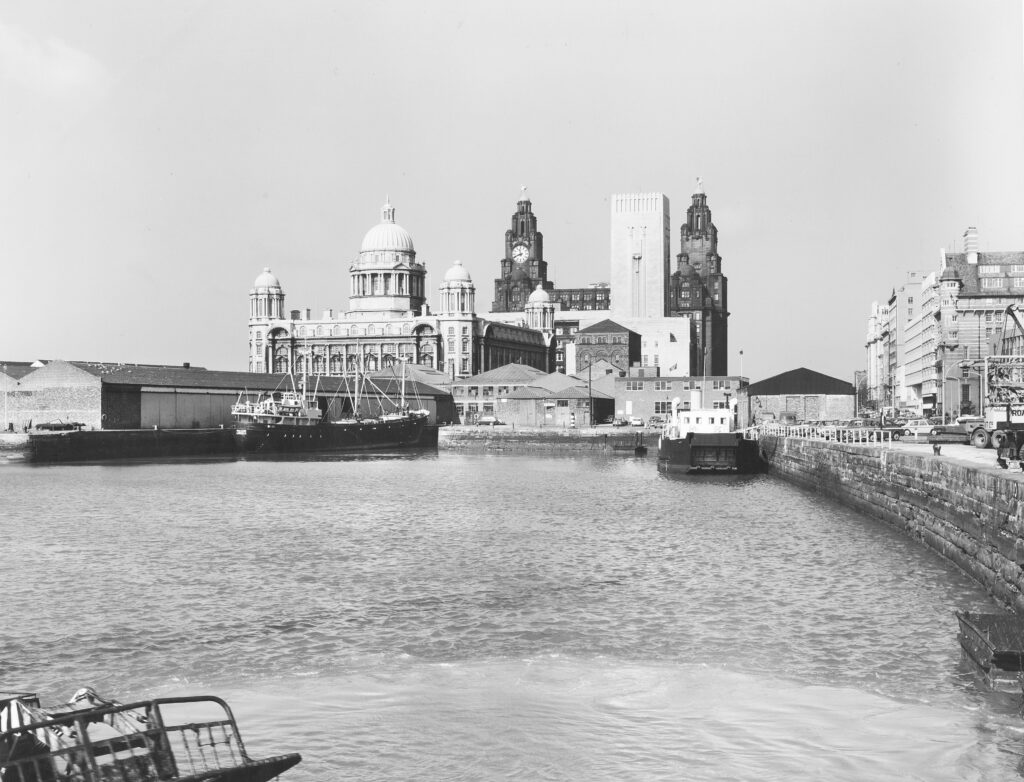
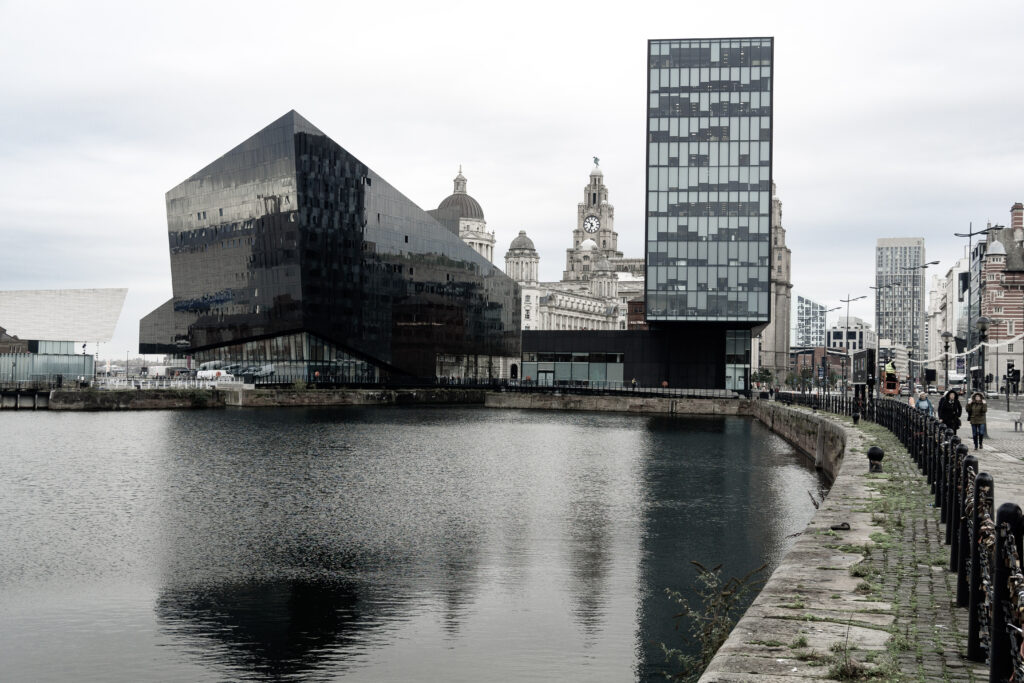
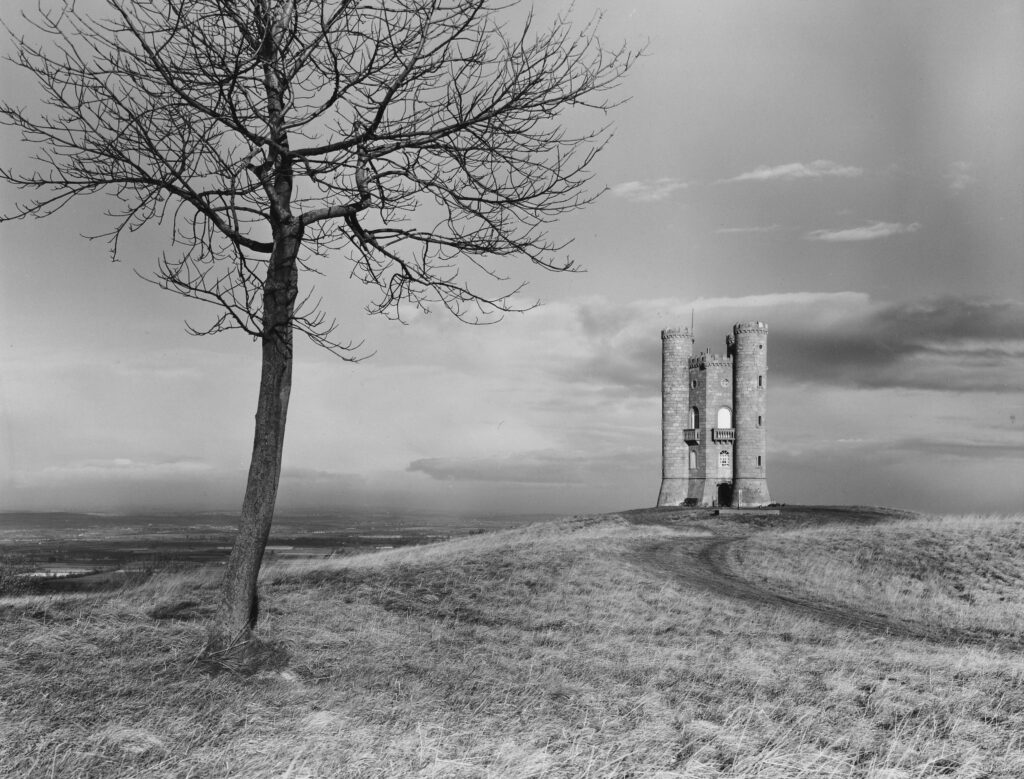
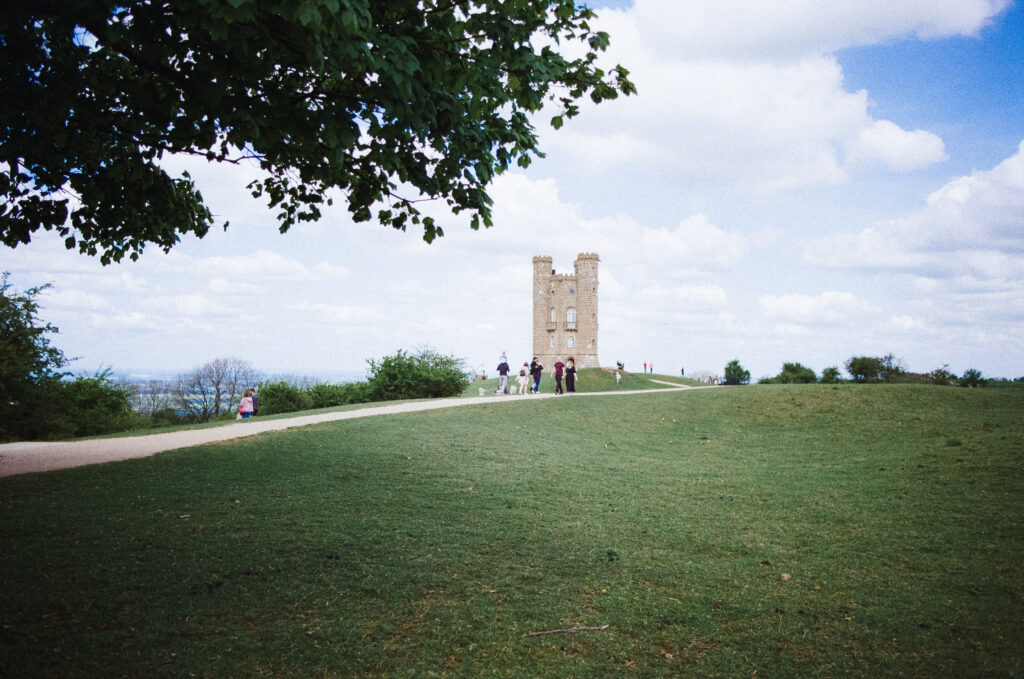
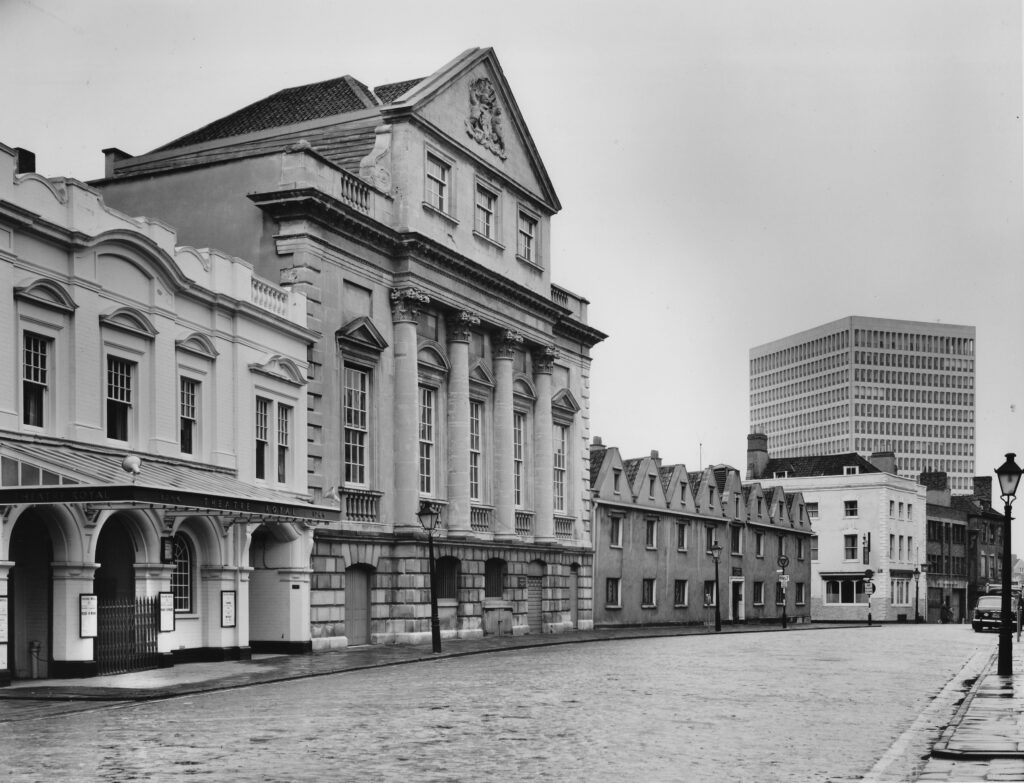
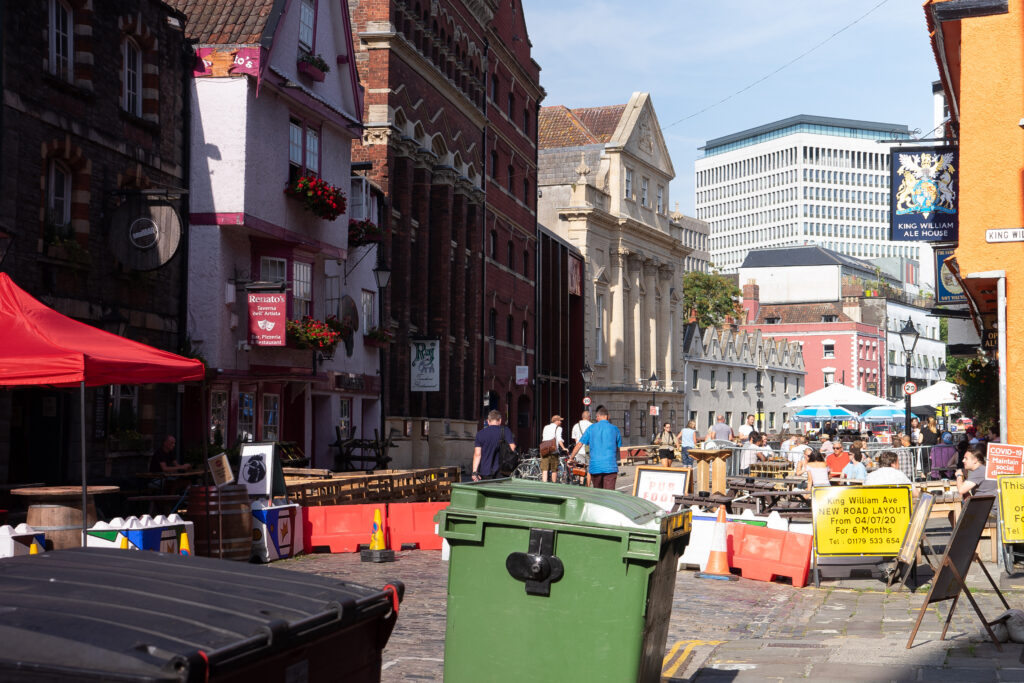
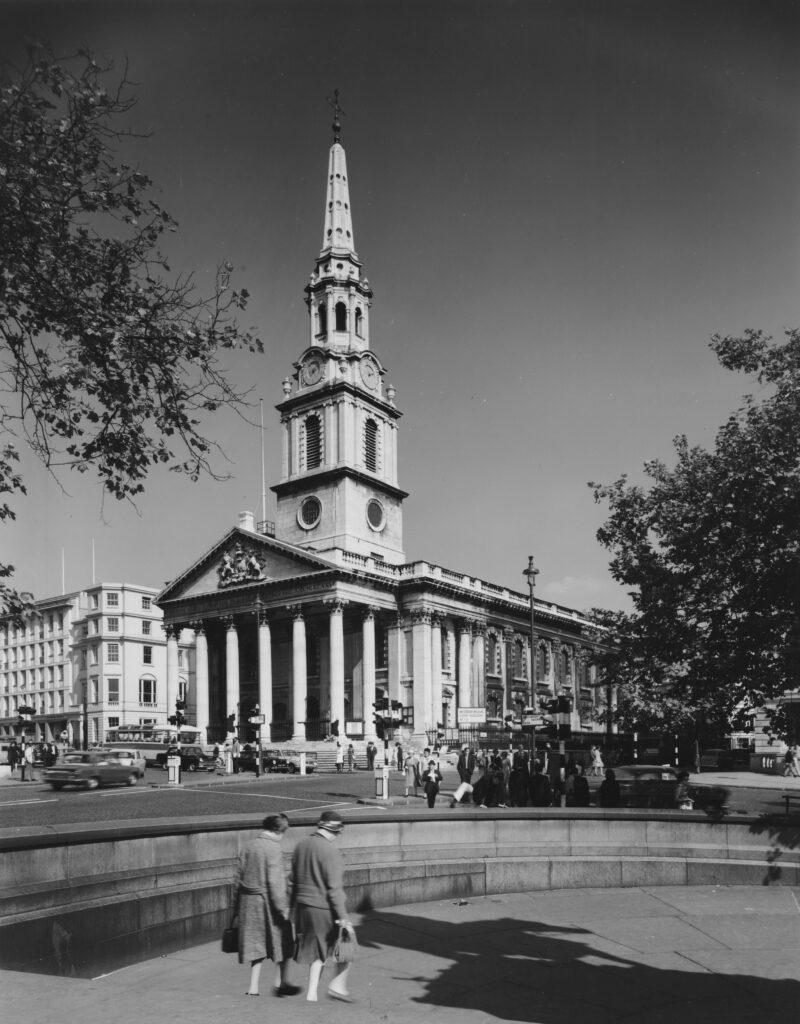

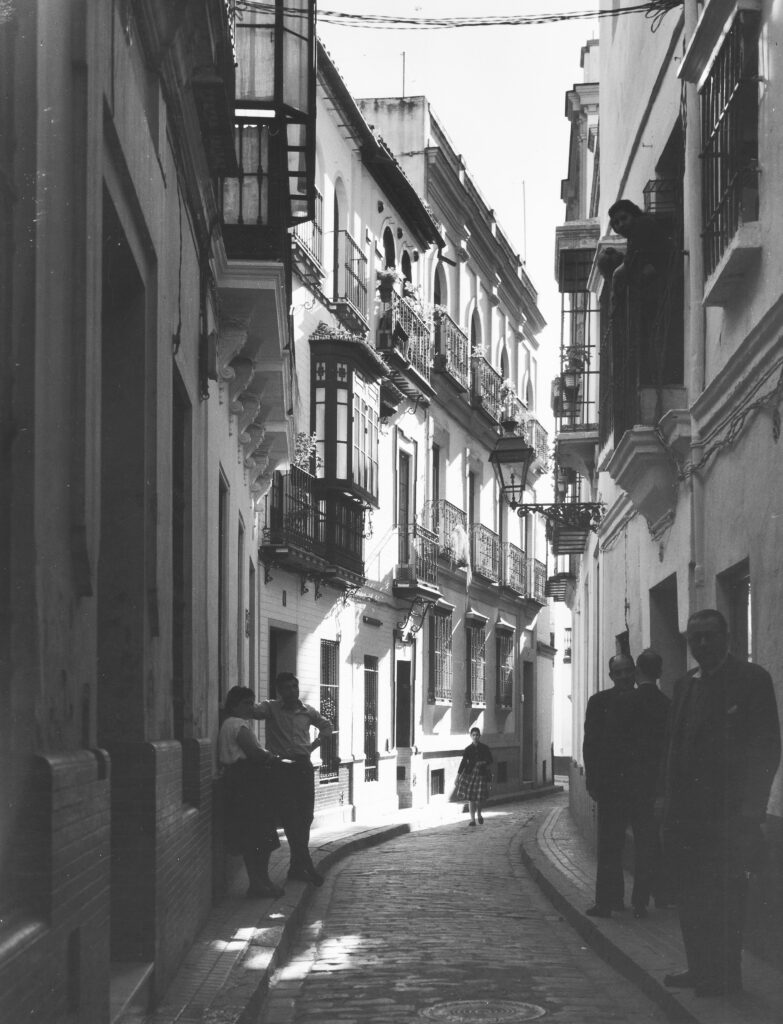
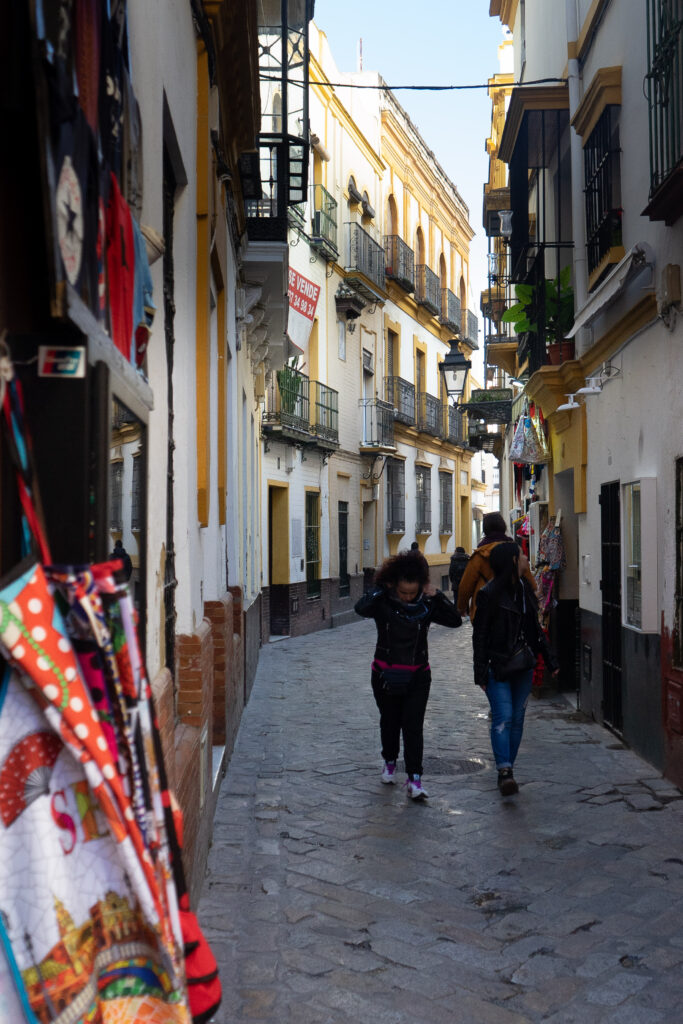

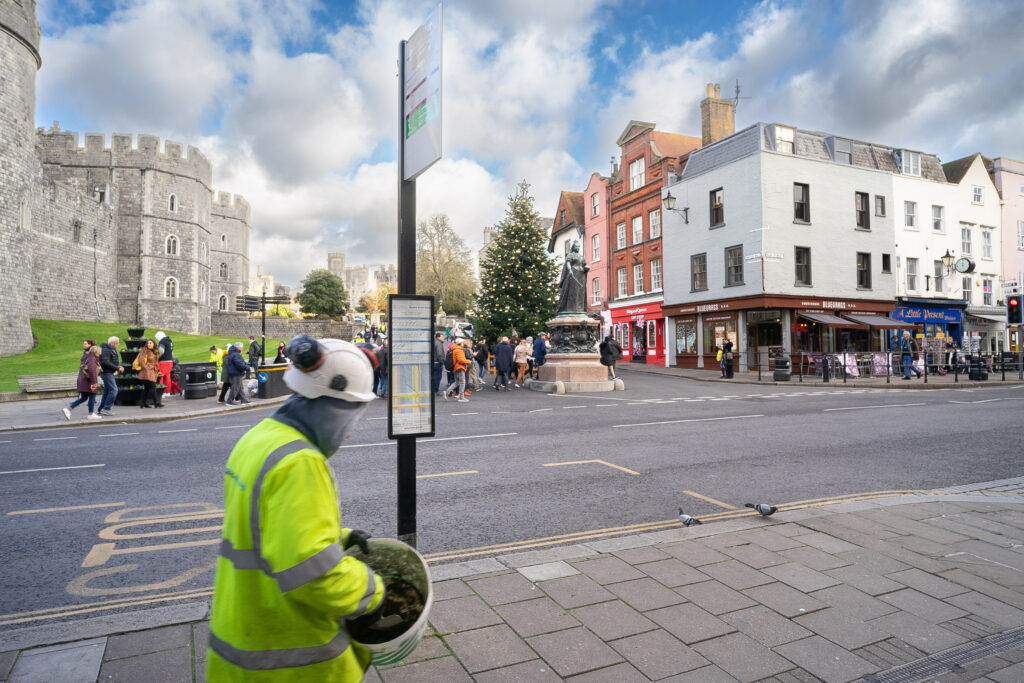
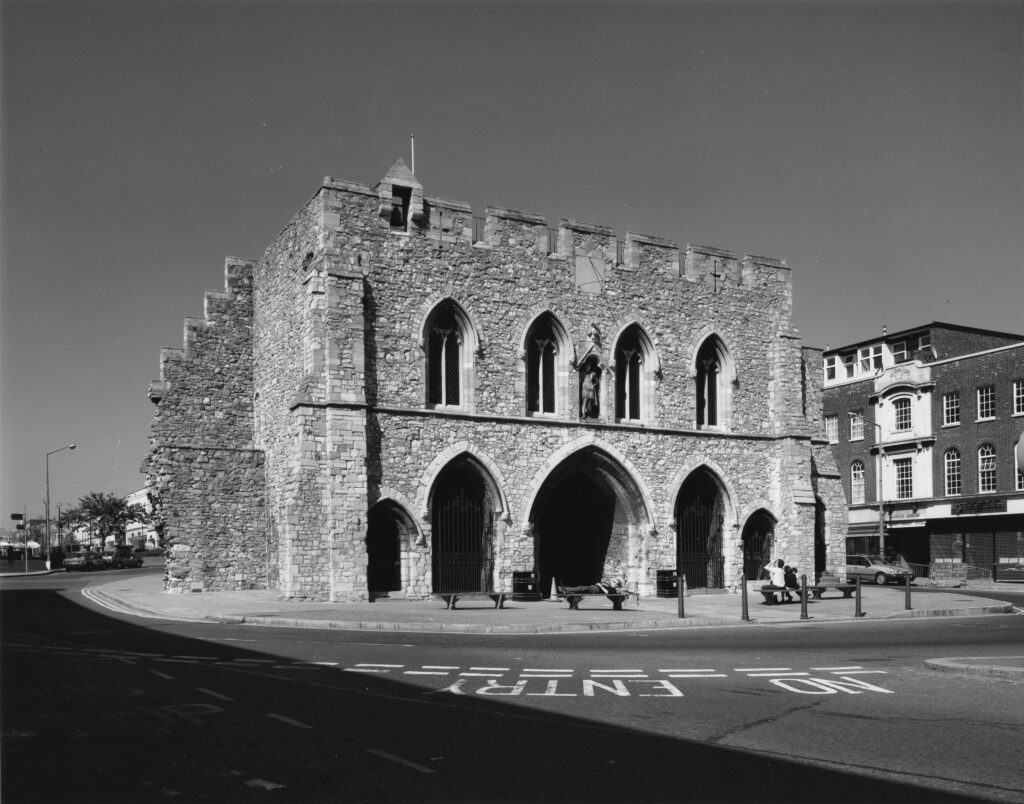
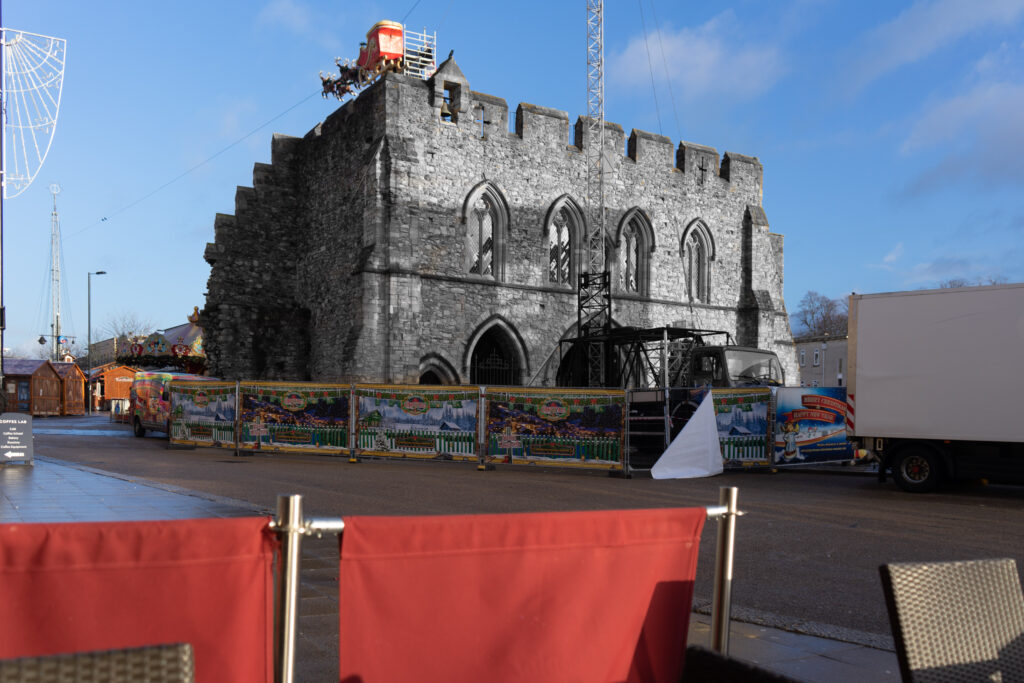
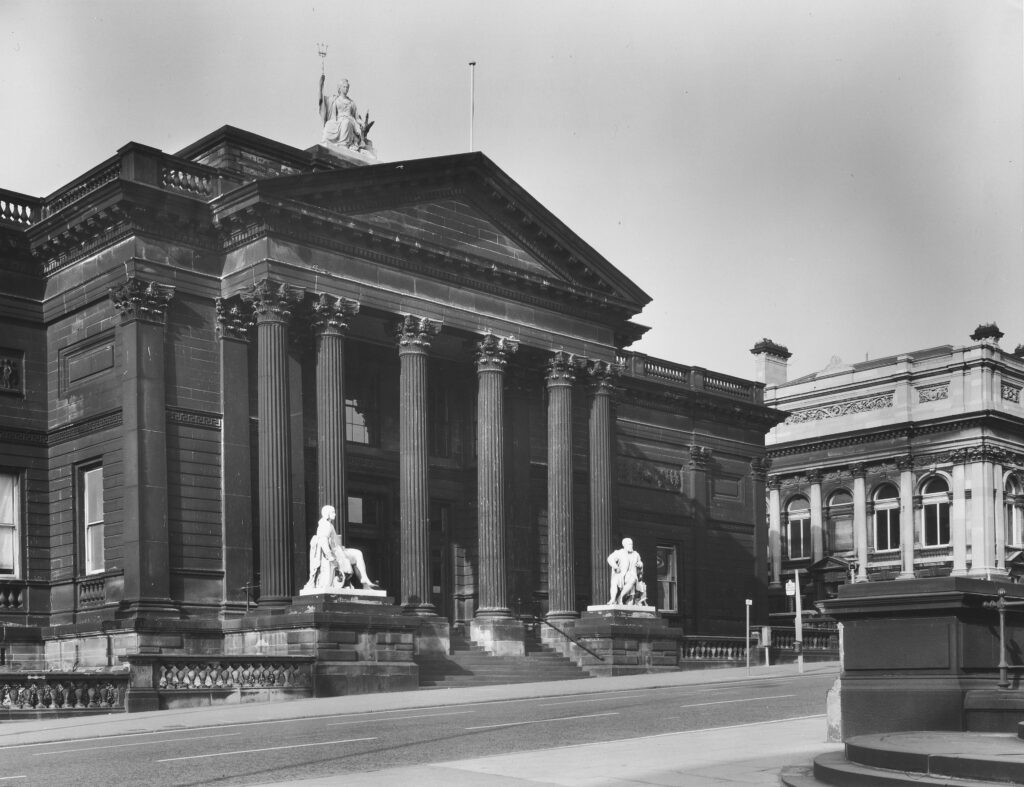
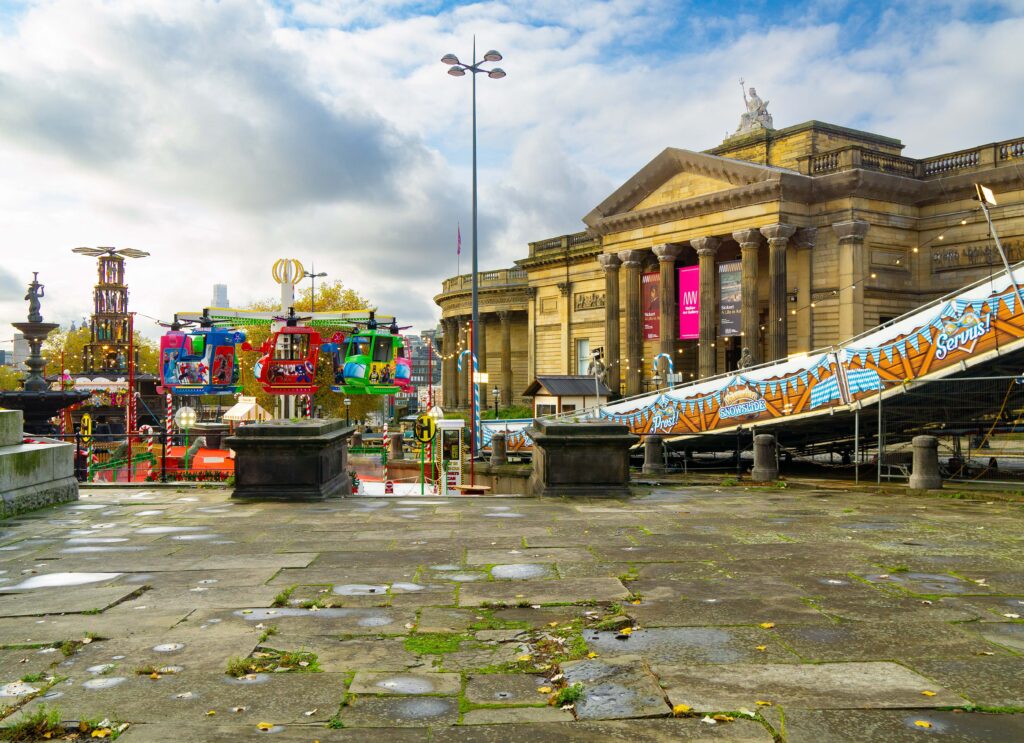
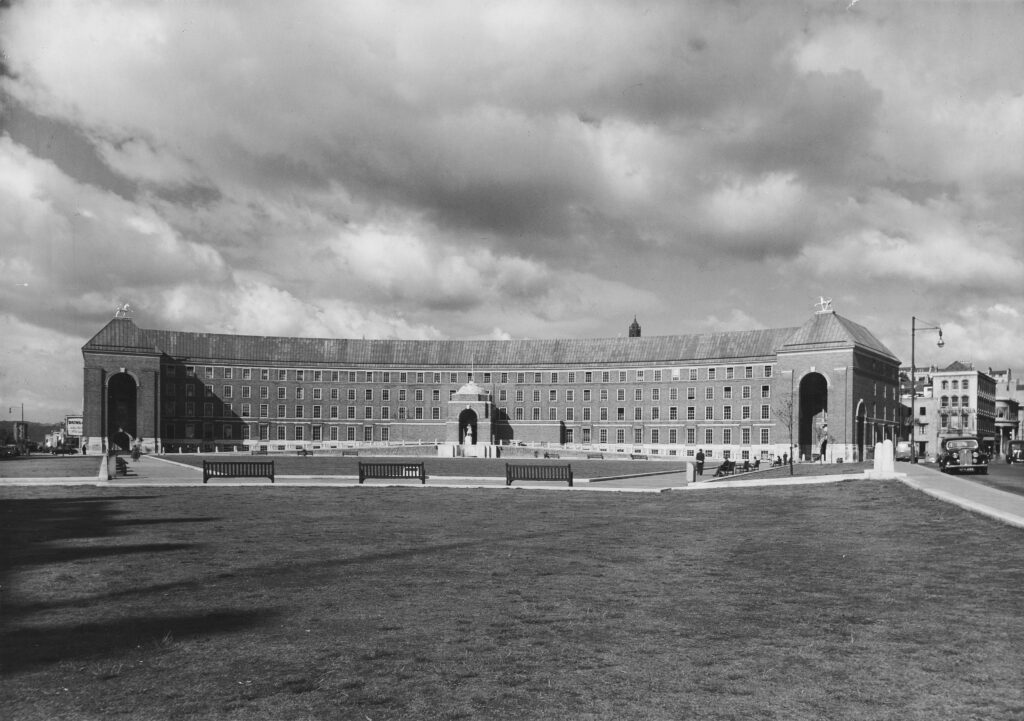
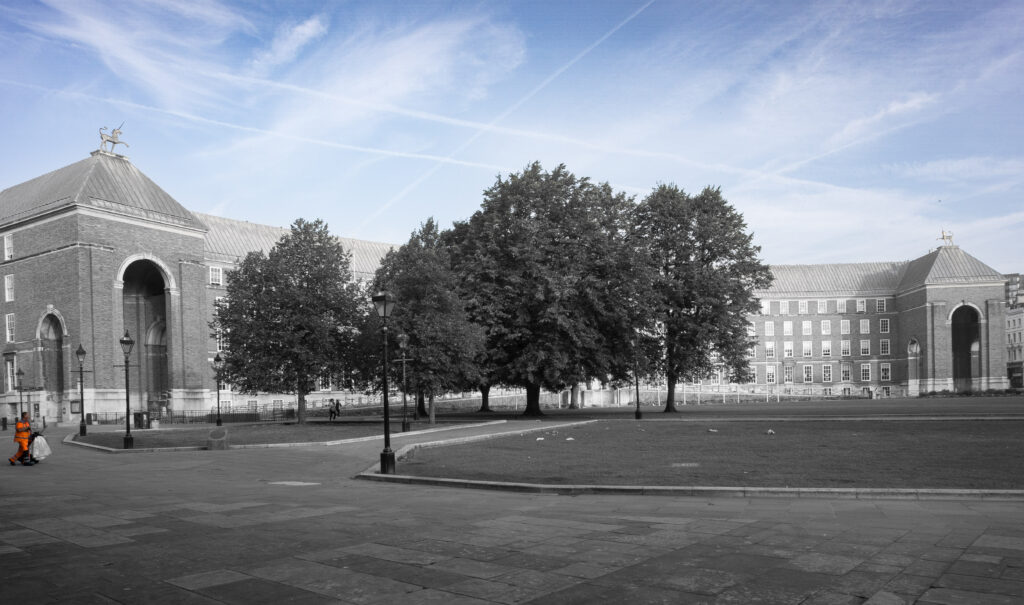
Phil Dimes, Digitisation Volunteer, May 2023

